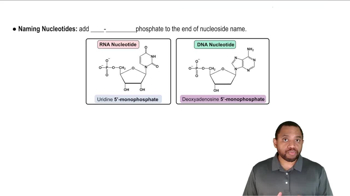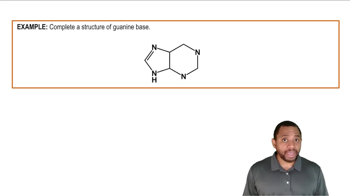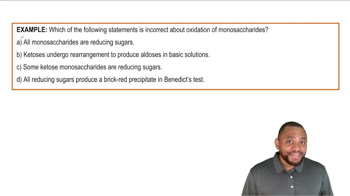Textbook Question
State whether each of the following components is present in DNA only, RNA only, or both DNA and RNA:
c. deoxycytidine monophosphate
557
views
 Verified step by step guidance
Verified step by step guidance Verified video answer for a similar problem:
Verified video answer for a similar problem:



 2:19m
2:19mMaster Naming Nucleosides and Nucleotides Concept 1 with a bite sized video explanation from Jules
Start learning